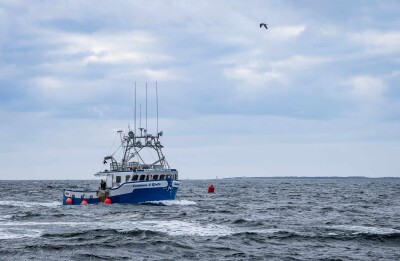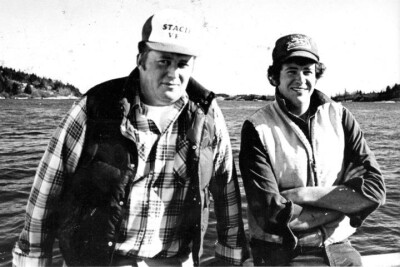Lobsters are so delicious they even eat each other. Noah Oppenheim, a marine biologist from the University of Maine, says that when scientists placed underwater cameras off the coast of Maine in 1992 they found that fish were the primary predators. Now there’s more lobster-on-lobster predation.
It’s easy to imagine the main reason lobsters are eating more of each other: There’s a lot more of them. In 1992, Maine lobstermen landed about 27 million pounds of lobster. They landed almost 127 million pounds in 2012.
Oppenheim talks about lobster in the “Attack of the Cannibal Lobsters” video posted by Climate Desk. Beyond the video’s initial theatrics is a brief look at some of the challenges facing the Maine lobster industry, whose lobstermen are not enjoying high prices along with their high catches.
Some people believe lobster needs an image makeover. I recently talked to John Hathaway of Shucks Maine Lobster about this problem. In Maine, lobster processing is beginning to catch up to its high landings. He hopes to grow its potential in the raw meat category by opening a new processing plant on Portland, Maine’s waterfront next year.
“We believe that people come to Maine to find the ‘Maine lobster experience’ — to have that Maine lobster bake on the beach or at someone’s house in the summertime,” says Hathaway. “The problem is, those people go home and don’t enjoy Maine lobster until they come back for next summer’s visit.”
As he points out, consumer demands have changed. People no longer buy live chickens and pluck the feathers, nor do they buy fish with the head-on and de-bone them.
Though the live lobster market is important, perhaps it’s time for lobster to change too: As he puts it, “At Shucks, we are selling food, not a live animal.”






